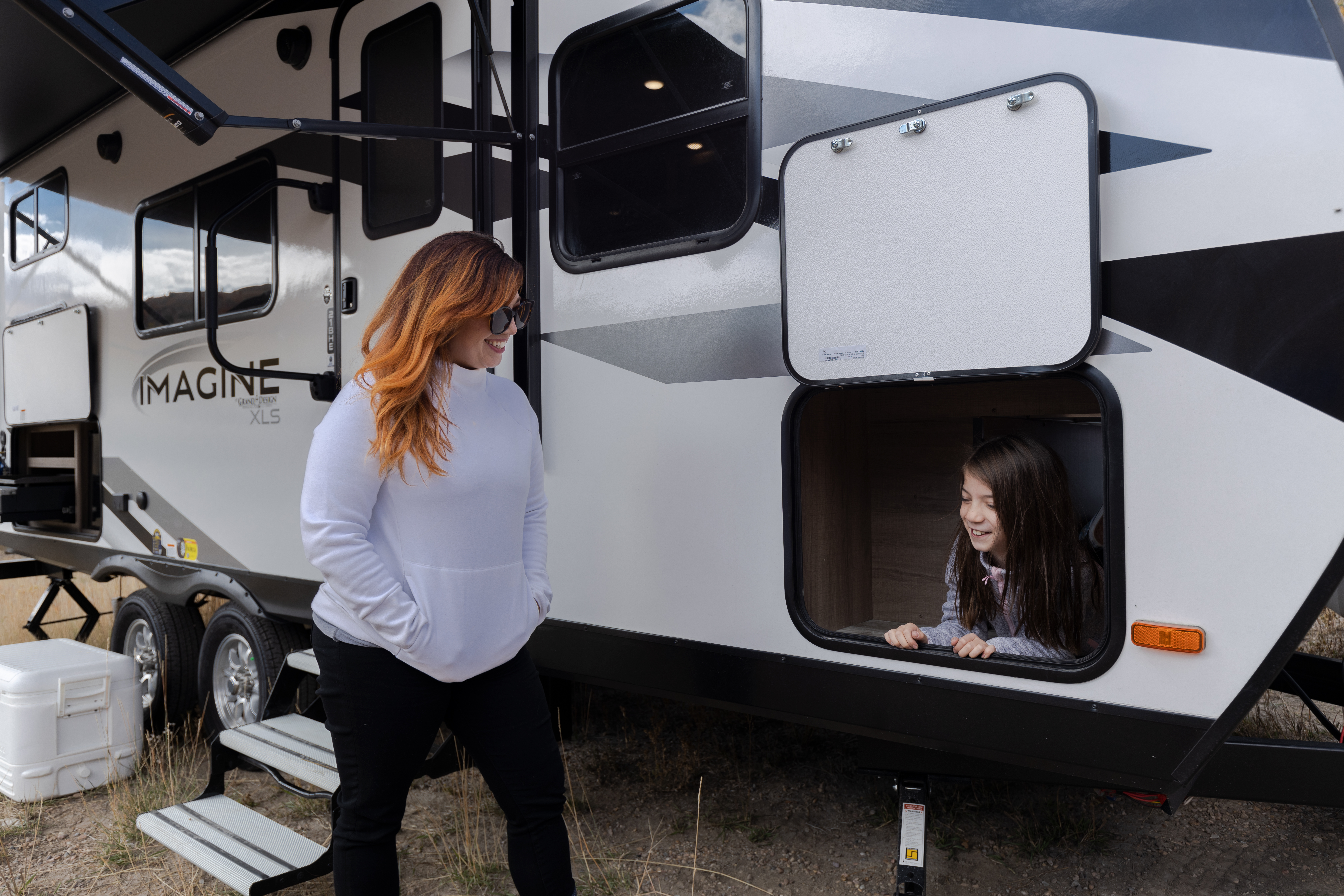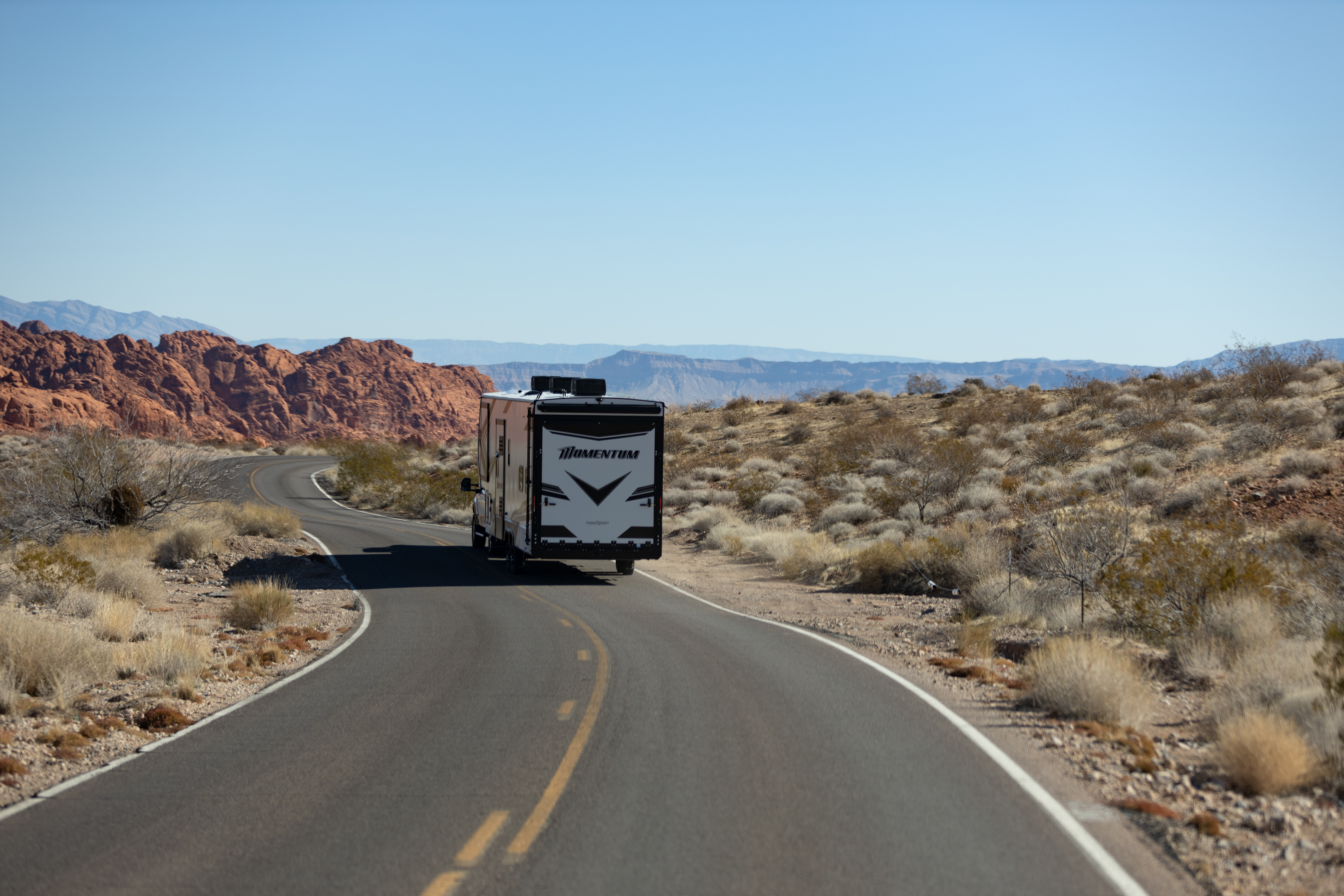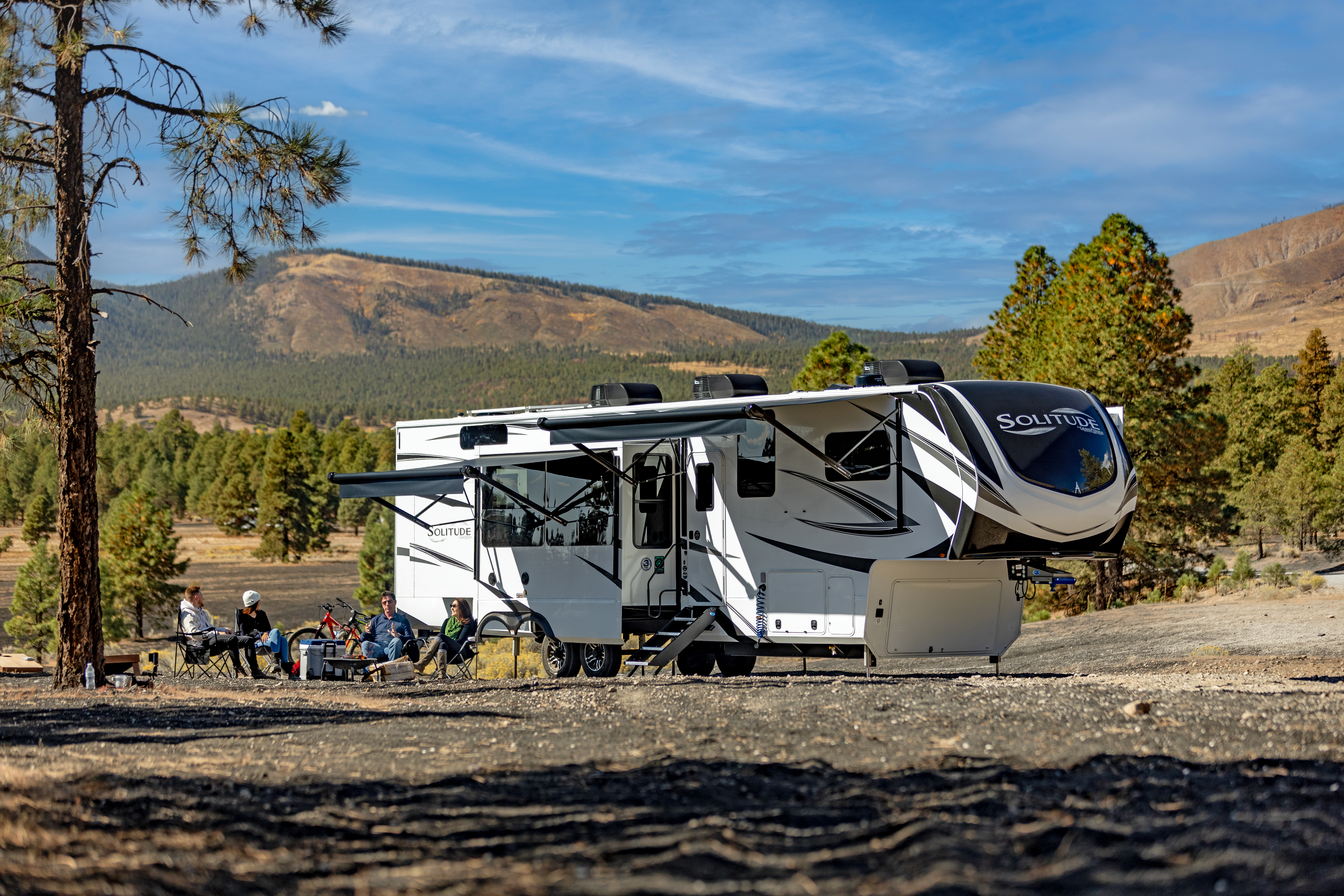LEARN
How to Winterize Your RV or Travel Trailer in Six Easy Steps
Temperatures will soon be dropping, which means you’ll need to prepare your RV for winter. This will protect your RV from damage caused by low temperatures. If you live somewhere warm, these steps are unnecessary, but for those of us in colder climates, it is paramount that we properly winterize our RVs.
Winterizing your RV doesn’t need to be difficult. Just follow these six steps and you’ll be set for the off season.
What you will need:
- 2 jugs of RV antifreeze
- A bucket
- Small receptacle that fits in your sink
- Towels
Step One: Empty black and gray tanks.
It’s important to begin the winterization process with empty black and gray water holding tanks. Once this step is complete, close the valves.
Step Two: Drain the freshwater tank.
To complete this step, you will need to turn off the water pump. Then you can drain the water and close the valve when you are finished.
Step Three: Clear your water lines.
Put a small receptacle that fits in your RV’s sink, like a bucket or bowl, under the faucet. This will catch water so that it doesn’t go back into your tanks. Next, open the hot and cold sides of the faucet and turn on the water pump until the water ceases to flow. This could take about fifteen minutes. Repeat this process on every sink or shower in your RV.
Once that is complete, place a bucket under the drain valves. Open the low-point valves (these should remain open). After your water lines are cleared, remember to close all faucets and replace drain plugs to prepare for antifreeze.
However, you should open the water heater plug at this time.
Step Four: Bypass the hot water heater.
Many RVs come with a hot water heater bypass system, but some do not. In the case that your RV does not have one, you can purchase one or have it installed by a professional - or you can just skip this step altogether. This step is technically optional because bypassing the hot water heater with the valve simply prevents antifreeze from entering the tank. While antifreeze will not damage your hot water heater, filling it isn’t really necessary and allowing antifreeze to enter would be a waste of at least six gallons.
In any case, you should close your low point drain valves before proceeding.
Step Five: Prepare to fill with antifreeze.
To begin adding antifreeze to your RV plumbing system, you will first need to make sure that you have installed a water pump converter kit. With this in place, you will want to find the siphon from the kit and insert it into one gallon of nontoxic pink RV antifreeze.
Step Six: Let the RV antifreeze run through your system.
Turn on the faucet closest to your water pump and let it flow until you start to see pink. Be sure to do this with both the cold and hot water faucets.
Next, turn on all faucets for sinks and showers and open the toilet valves in addition to all exterior faucets and ports, allowing the antifreeze to flow through your entire system. Flush the toilet until you can see the pink antifreeze. It is also wise to pour about one cup of antifreeze down each drain and the toilet.
Lastly, you need antifreeze to flow through the city water intake. This should be located on the outside of your RV. To complete this step, take off the cap and remove the screen. Then, push on the valve until you see antifreeze. After this is done, you can replace the screen and the cap.
Step Six: Disconnect from antifreeze.
Now that you have drained your tanks and allowed antifreeze to flow throughout your system, you can put it away. Once this is done, you can turn the water pump off and stow the gallon of leftover antifreeze.
And that’s it! You’re ready to store your RV for the winter.
To go the extra mile, there are a few more things you can do to keep your RV in its best condition during the winter, such as emptying your fridge and cupboards of food that could spoil or attract pests, turning off or unplug appliances or other electronics, and making sure the propane valve is off. You should also check your manufacturer’s recommendations for maintaining the battery during the winter.
If you are uncertain about any of these steps for your Grand Design RV, feel free to contact us with your questions or ask your local Grand Design RV service center.





